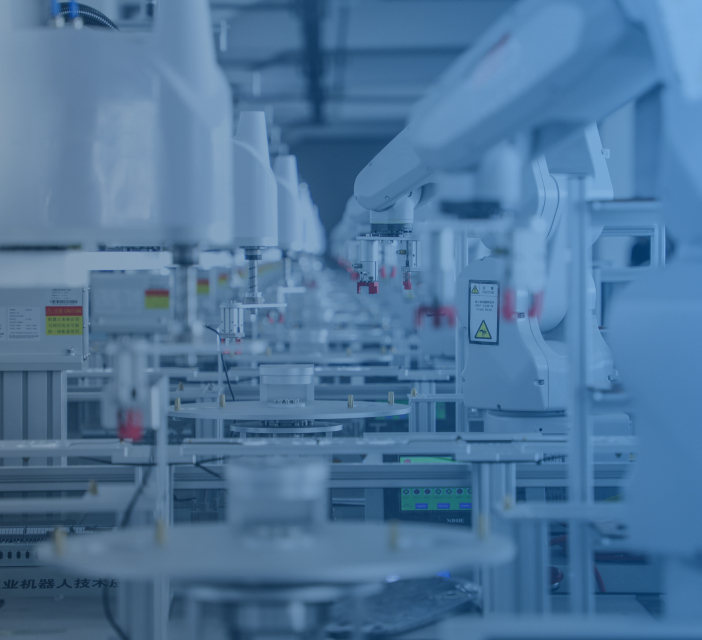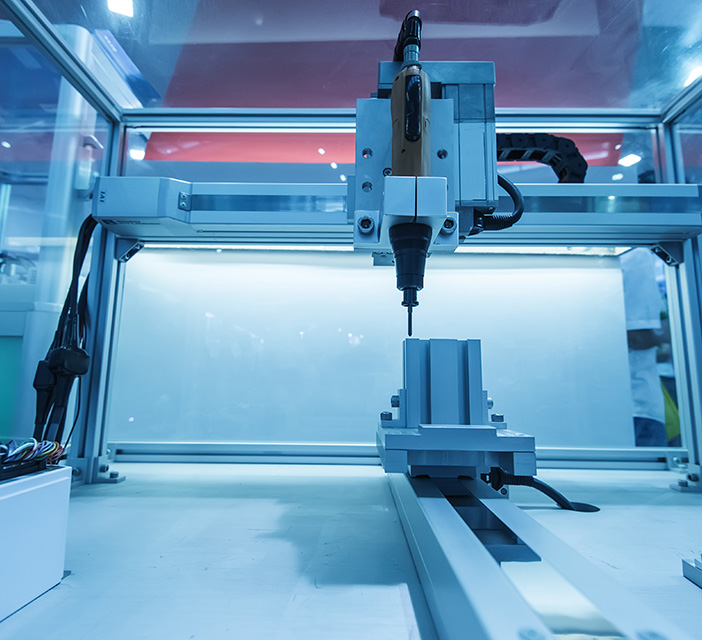The global new energy industry is advancing toward carbon neutrality at an unprecedented pace. Within this wave, the manufacturing of lithium batteries hinges on extensive international cooperation. In North America, the world’s largest economy, the battery market has drawn substantial investments from European, Japanese, and Korean companies. However, a key challenge emerges when they try to sell battery manufacturing equipment in the market: voltage standards adaptation.
Voltage Standards and Challenges in the U.S. Market
Industrial facilities in the United States typically use 480V, whereas equipment from other countries or regions is generally designed for 380V. To make its way into the North American market, lithium battery production equipment must be compatible with the 480V 3-phase 4-wire system.
However, vacuum baking equipment when operating at 480V is susceptible to a challenging issue: vacuum discharge. As the pressure inside a vacuum chamber gradually decreases and the voltage between the electrodes reaches a threshold, gas molecules within the chamber become ionized. This forms a discharge channel that results in a sudden surge in current. The higher the voltage, the stronger the electric field strength, and the more prone gas molecules are to ionizing. So is the vacuum discharge, consequently, which can erode electrodes and surrounding materials, potentially leading to severe safety hazards such as fires or explosions.
Tackle Vacuum Discharge in 480V High-Voltage Environment
Hymson’s vacuum baking equipment effectively solving vacuum discharge in 480V high-voltage environments commonly found in the North American market. Furthermore, it has passed rigorous testing and been UL certified, a proof that its design, manufacturing excellence, and performance are recognized in the U.S. market.
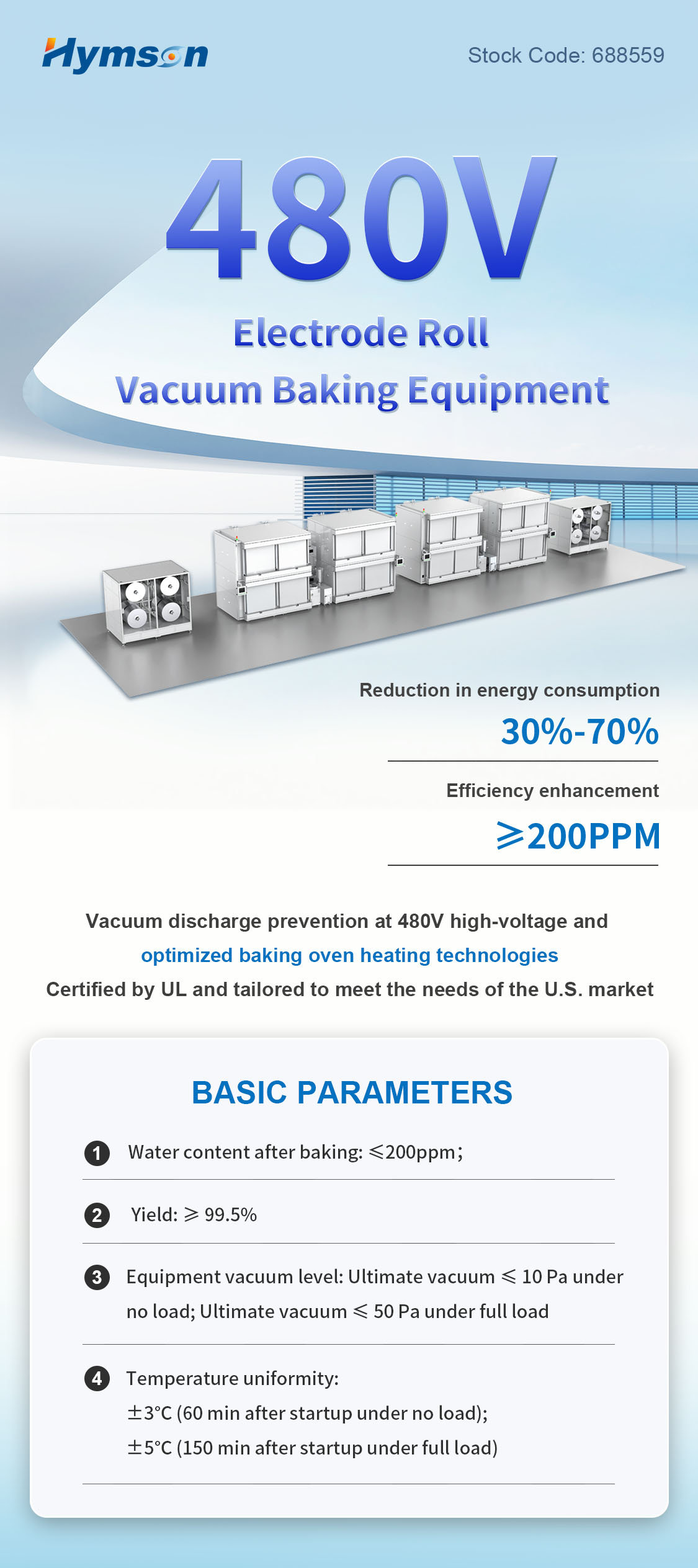
Hymson’s vacuum baking equipment integrates both baking and cooling. Its dry vacuum pump works without any liquid medium and has no contamination during the pumping process, creating a clean vacuum environment. The equipment enables the simultaneous vacuuming of all chambers in a single baking oven, with a control system that accurately manages the operation of the vacuum pump. Each chamber is equipped with a vacuum level sensor for regular leak rate testing, achieving a vacuum leak rate as low as ≤10 Pa·L/s, an ultimate vacuum of <10 Pa under no load, and an ultimate vacuum of <50 Pa under full load.
The oven chamber adopts an independent, layered design with a fully sealed frame, side panels designed as a fully enclosed mechanical structure, and a chamber constructed through seamless welding. Under ultimate vacuum conditions, deformation can be controlled within ≤2 mm. Simulation technology has also been applied to optimize rigidity, strength, and stability. The oven door integrates an overall sealing mechanism, ensuring the ability to maintain a vacuum state over an extended period. Each baking chamber comes with a dedicated, sealed cooling tank.
Meanwhile, Hymson has enhanced the electrode design and carefully selected materials with high breakdown voltage resistance for electrode manufacturing to further minimize the risk of vacuum discharge.
Optimized Heating Technology for Vacuum Discharge Prevention
The optimized heating technology of the baking oven achieves high-temperature uniformity in gas circulation mode, ensuring more even heating of electrode rolls. Under no load, the temperature uniformity can achieve ±3℃. Under full load, the temperature uniformity is ≤±3.0℃ during the constant temperature phase and ≤±5.0℃ during the heating phase.
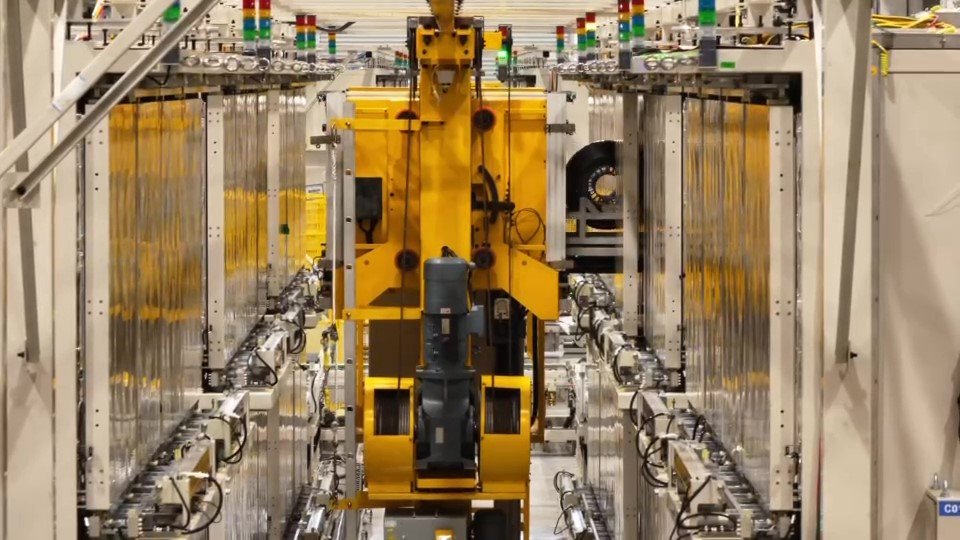
In terms of temperature control, the internal chamber temperature is monitored in real time by temperature sensors and fed back to the temperature controller, which then tunes the PID accordingly and sends signals to the solid-state relays and fan inverters. This enables precise control of the oven's vacuum level and gas flow speed, allowing the battery electrodes to absorb heat more evenly during the baking process.
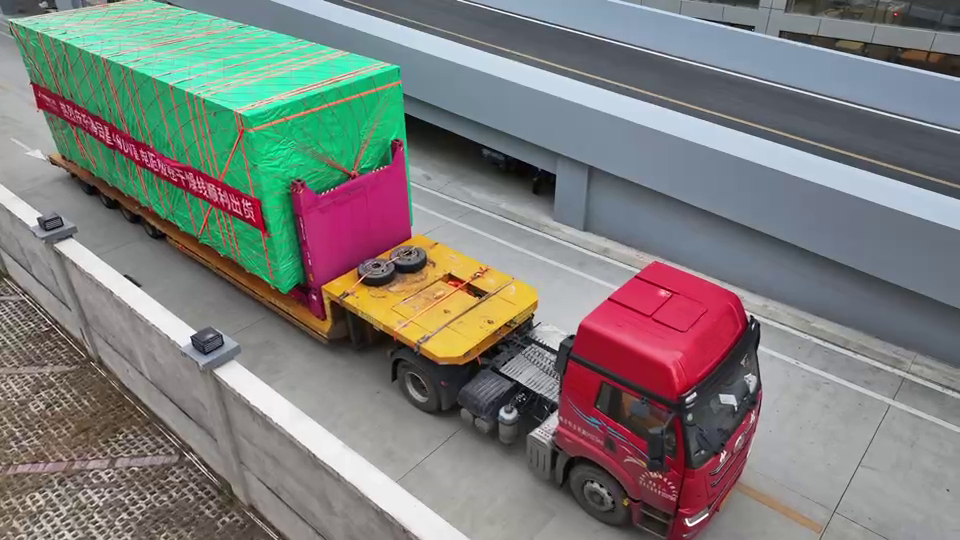
Recently, Hymson successfully delivered its self-developed 480V high-voltage electrode roll baking line for cathodes and anodes to the U.S. market. This achievement followed rigorous quality inspections and performance tests, with the equipment showcasing exceptional stability and efficiency. This milestone indicates the international market’s recognition of Hymson’s technological strength and market competitiveness. In the future, Hymson will uphold the spirit of innovation and continue to empower more battery industry customers to secure a stronger foothold in the global market.




